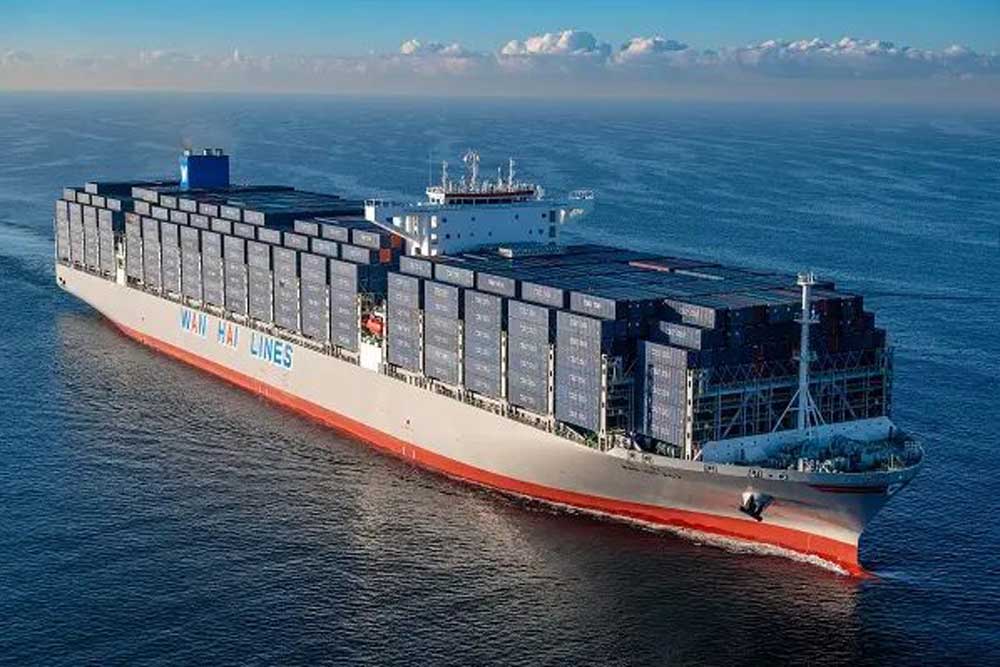After three years of war, dry bulk exports from Ukraine and Russia are slightly below the 2022 level. However, the two countries are developing differently.
While aggressor Russia has lost part of its dry bulk volume, invaded Ukraine has been able to significantly increase its exports. Analysts see the reason for this in the country’s coastal corridor.
“Over the last twelve months, the two countries’ dry bulk shipments have moved in completely opposite directions,” said Filipe Gouveia, Shipping Analysis Manager at shipping organization Bimco. “While Ukraine recorded an 87% increase in transports compared to the previous year, there was a 6% decline in Russia.” Overall, the combined volume of both countries grew by 3% year-on-year.
Coastal corridor boosts Ukraine’s exports
According to Bimco, the main reason for the huge increase in Ukraine’s shipments is the coastal corridor. Since August 2023, Ukraine has been exporting dry bulk shipments via a coastal corridor, and despite Russian attacks on ships in September and October 2023, this has proven to be an effective solution. Nevertheless, according to Bimco, volumes remain 36% lower than before the war began.
In the first two years of the war, Russian shipments were less affected and even increased due to stronger fertilizer and grain exports. In 2024, however, exports declined as coal deliveries fell by 11% year-on-year and grain deliveries by 2%. Russian coal alone already accounts for 50% of combined deliveries from Russia and Ukraine, according to Bimco.
Ships in the Panamax and Supramax segments were the main beneficiaries of this development. However, capesize demand remained below the pre-war level. Since August 2022, Russian coal that was previously exported to Europe from ports in the Arctic, the Baltic and the Black Sea has been diverted to India, China and Turkey, which has increased shipping distances. The average distances for Russian fertilizer and grain shipments also increased due to the increase in deliveries to Asia and South America.
Shorter routes for Ukrainian exports
Conversely, the shipping distances for Ukrainian deliveries have shortened since the start of the war. One of the main reasons for this was the decline in iron ore deliveries. In addition, the average distances for Ukrainian grain have decreased, as deliveries to the Mediterranean have largely replaced deliveries to Asia.
“In the medium term, Ukrainian shipments could increase, especially if the war comes to an end, while Russian shipments could continue to decline,” concluded Gouveia. “China is the largest target market for Russian coal and its import demand is decreasing as the country expands renewable power generation. In addition, Russian coal is competing with Indonesia and Australia.”
This is the third anniversary of the Russian war of aggression against Ukraine. The United States, under the leadership of Donald Trump, has recently become increasingly involved again: Among other things, Trump demanded a quid pro quo from Ukraine for the delivery of weapons, while at the same time denying President Zelenskyi his legitimacy.














